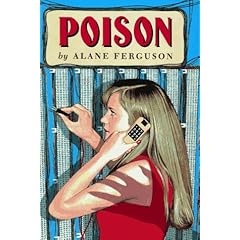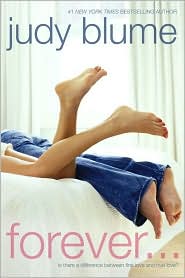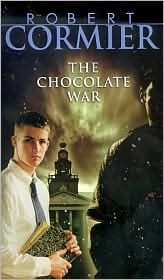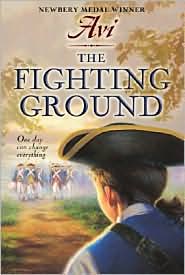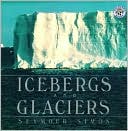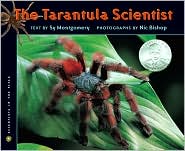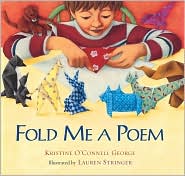Howe, James. 2001. Misfits. New York: Aladdin Paperbacks. ISBN: 0689839561
2. Summary:
Bobby, Addie, Joe, and Skeezie are four kids who have become friends because the one thing they have in common is that they are different from everyone else. They march to the beat of their own drum and are tired of trying to fit in. They embrace their individuality and join together as a band of misfits. In order to get their message of acceptance and tolerance across, they get a fellow student DuShawn to run for student government under their No Name party. When he drops out, the group has to work together by all going on the ticket with Addie as their president. Their slogan is "Sticks and stones may break our bones, but names will break our spirit," and even though they do not win, their idea of a "No-Name" day where everyone goes a day without calling other people names catches on and the students finally have the "freedom to be who you are without anyone calling you names."
3. Analysis:
Making fun of people does not stop in middle school. It only begins there. Millions tune in to Saturday Night Live to see actors mimic and make fun of celebrities and politicians. MTV has a TV show dedicated to "Yo Mamma" jokes. While these can be taken as fun and games, it is never fun for the person being teased. Everyone has been teased for something: race, clothes, accent, sexual orientation, weight, and the list goes on and on. Kids are even teased for their names and their family members. This topic hits home with everyone, and it is addressed beautifully in this book.
This book opens the door for students to discuss how they have been teased and how they can stop it from happening to others. Students do not always sit around and think of solutions to problems, but reading a book like this opens that discussion. As Addie and the rest of the group figure out how to make a difference, the reader can decide what can be done in his or her own life.
The No Name Party members are fun and realistic. Bossy Addie writes down verbatim what is said in the meetings and even makes the other members talk slower so she can keep up. She is angry that she is judged unfairly when she picks DuShawn to run for president simply so they can have a black person on the ticket. This brings to home that even those who think they are not judging may have secret prejudices lying under the surface, which would be a great discussion for students to have. Bobbie, the overweight tie salesman, is a typical middle school boy who struggles to find connections with his father and who feels the absence of his mother heavily. Whether a reader has lost a parent or not, the feeling of not being able to connect with parents is prevalent. Joe is coming out as a gay person, and his struggle is not so much with himself but with how his friends and society will react. Skeezie is the misunderstood bad boy. With each character facing different teasing, Howe gives readers someone with whom they can identify and relate.
Howe uses Joe and DuShawn to add some humor into the story. Joe goes to his locker and finds the word "fagot" written on his locker. Instead of getting upset, he asks," Don't they teach spelling at this school?" Joe also demands to be called Scorpio in some of Addie's meeting notes, which she does. He often has one liners that give a lighter note to this deep, tough topic. DuShawn, who is comfortable in his skin, can call Addie out about picking him because he is black and can make jokes about wanting peach ice cream in reference to Addie's skin color. The humor offsets the seriousness of the subject.
Even with the humor, the book can get a little preachy. The first part of the book seems to be the main characters sitting and spouting off a long tirade against the establishment. It is not until events start happening that the reader finally connects with the characters and the storyline. After that, the book is more action and less preaching.
4. Reviews:
From School Library Journal: Unfortunately, The Misfits rambles rather than flows. Bobby's long-winded narration is written in a passive voice and sprinkled with only occasional dialogue. When the characters do speak, their formal dialogue (presented as minutes from the friends' Floating Forum meetings) goes on for pages on end, lacking any commentary from Bobby. It is not until the last third of the novel that readers begin to identify with the characters and bask in the success of Bobby's political partners. Louie Lahana, New York City Public Schools Copyright 2001 Cahners Business Information, Inc.
Publishers Weekly: The four "misfits" are slightly larger than life wiser than their years, worldlier than the small town setting would suggest, and remarkably well-adjusted but there remains much authenticity in the story's message about preadolescence stereotyping and the devastating effects of degrading labels. An upbeat, reassuring novel that encourages preteens and teens to celebrate their individuality. Copyright 2001 Cahners Business Information, Inc.
http://yazoo.lib.ms.us:8000/kcweb/kcContent?isbn=0689839553&type=review&controlnumber=+++12233869&referedby=titlelist (Accessed November 16, 2008)




